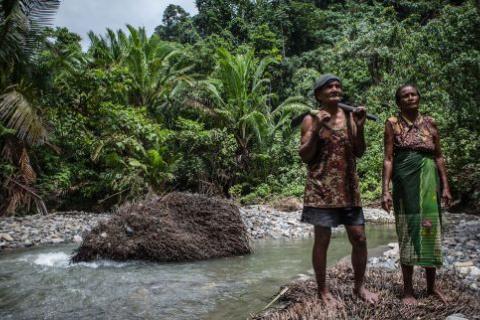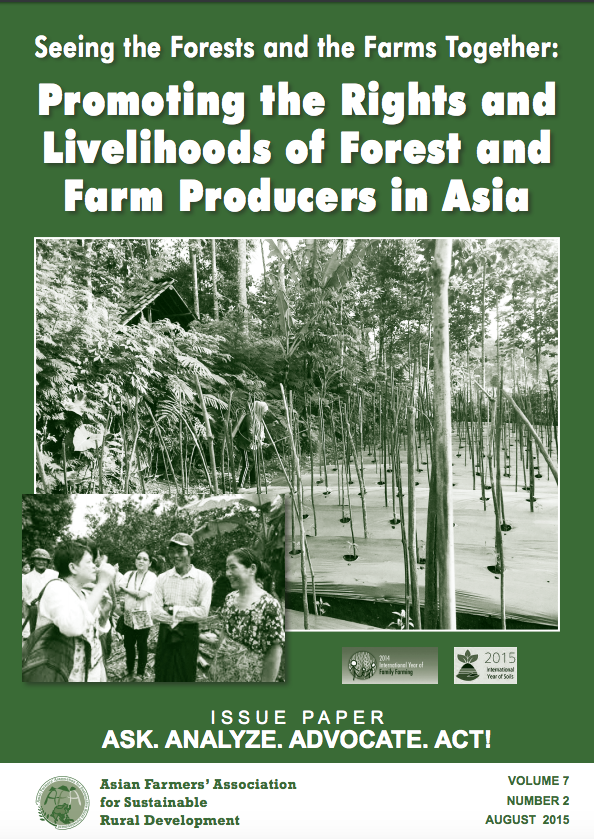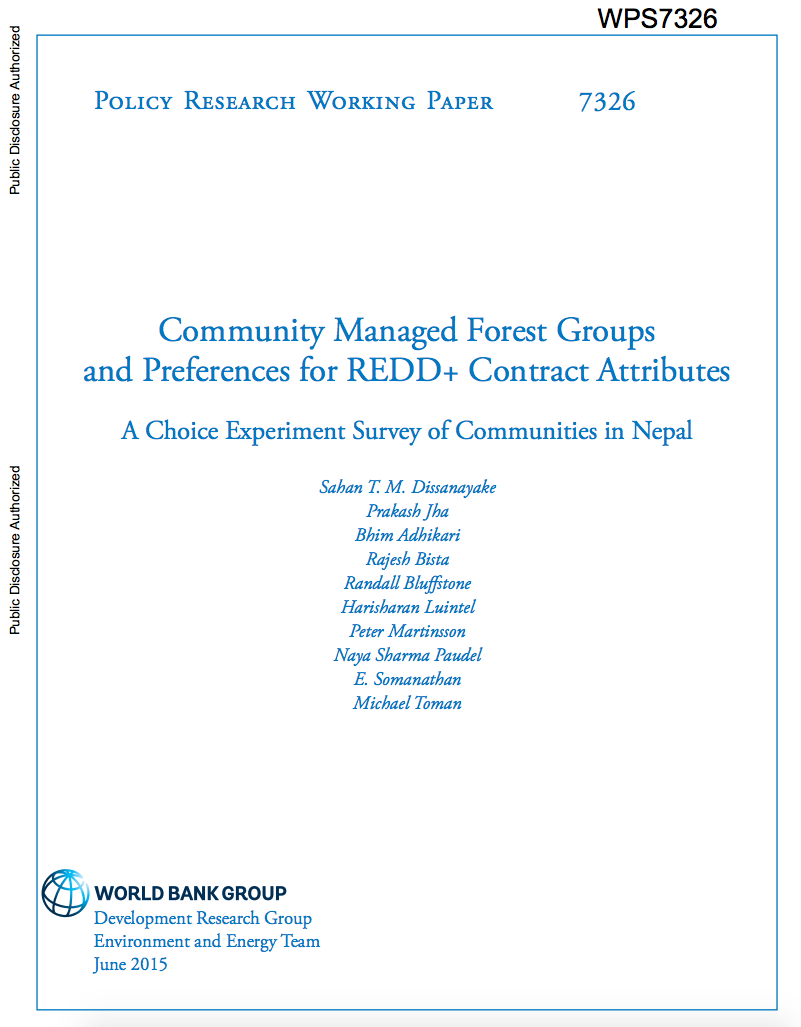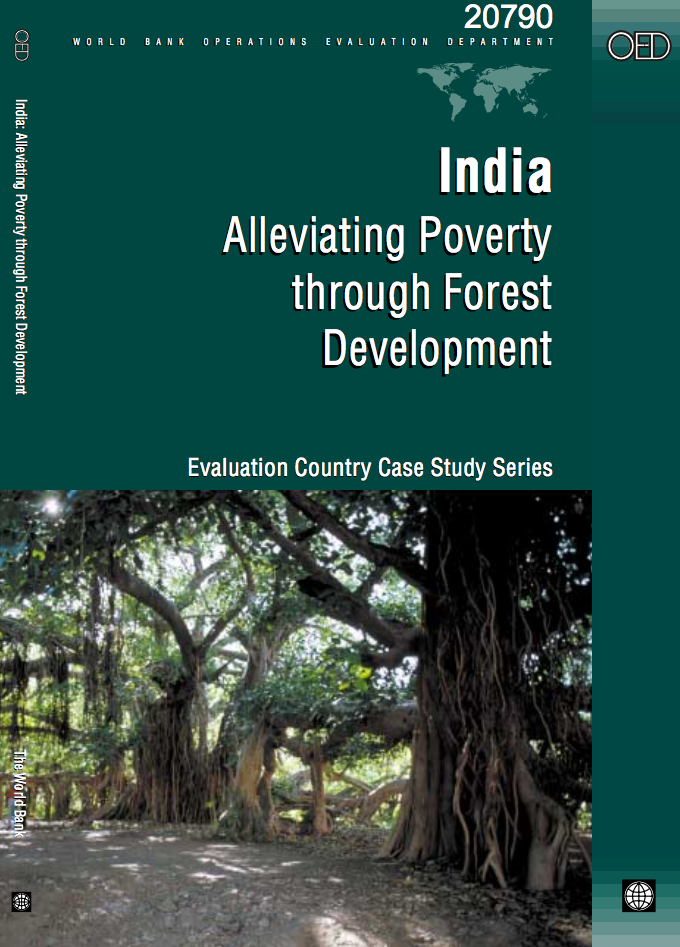
Forest area as a proportion of total land area
Last updated on 1 February 2022
This indicator is currently classified as Tier I. The Food and Agriculture Organization of the United Nations (FAO) is the Custodian agency for this indicator.
Unit of measure: Forest area of total land area (in %)
Why is the indicator important?
Forests are essential to the survival of our planet and climate change mitigation. Forests provide oxygen, store carbon, are biodiversity reservoirs and vital for humanity. Forest area as a percentage of total land area may be used as a rough proxy for analyzing the extent to which forests are being conserved or restored, but it is only partially an indicator of whether forests are being sustainably managed. Changes in forest area reflect the demand for land for non-forest uses and may help identify unsustainable practices in the forestry and agricultural sector.
The availability of accurate data on a country's forest area is crucial for forest policy and planning within the context of sustainable development. This indictor may help inform policy and management actions, as well as guide public and private investment. Adequate forest resources ensure social, economic and environmental stability as well as sustainable development for future generations. The COVID-19 pandemic is expected to add pressure to forests and contribute to increasing deforestation.
How is the indicator measured and monitored?
According to the metadata document, forest is defined as “land spanning more than 0.5 hectares with trees higher than five meters and a canopy cover of more than 10 percent, or trees able to reach these thresholds in situ. It does not include land that is predominantly under agricultural or urban land use.” Land area is understood as the country area excluding area under inland and coastal waters.
Data collection on forest area draws on the Global Forest Resources Assessment (FRA) which is carried out every five years. All data are provided to FAO by countries in the form of a standard country report through an online platform. FRA 2020 is the latest assessment covering 236 countries and territories. Data on land area is collected through the FAO Questionnaire on Land Use, Irrigation and Agricultural Practices that is send annually to 205 countries and territories. Regional aggregations are available. Although access to remote sensing data has improved, forest regrowth or forest with a low canopy covers density cannot always be detected.
By Anne Hennings, peer-reviewed by Anne Branthomme, Forestry Officer at FAO.
Official indicator data
The indicator provides a measure of the relative extent of forest in a country. * Select "year" below to see the most recent data for more countries.
Other related indicators on Land Portal
In addition to the official indicator data, the following indicators provide information on forest land, indigenous as well as individual forest tenure.
| Indicator | Min-Max Number of years |
Countries / Obs | Min / Max Value |
|---|---|---|---|
| Forest land designated by governments for Indigenous Peoples and local communities | |||
| Forest land owned by Indigenous Peoples and local communities | |||
| Forest land owned by individuals and firms | |||
| Indigenous rights to land & forest are (i) recognized and (ii) protected in practice |
Peru’s Indigenous Communities Manage Their Forests. Others Should Follow Their Lead
Peruvian indigenous communities have shown themselves to be exceptional environmental and conservation leaders. Their leaders have worked for a decade to ensure a government commitment to conserve 54 million hectares of forest, as a part of the REDD+ program.
This indigenous tribe of Kenya needs the world’s attention
The Sengwer are an indigenous hunter-gatherer people living along the slopes of the Cherangany Hills in the western highlands of Kenya. Their estimated population is 33,187.
5 Ways to Make Food Production and Land Use More Earth-Friendly
The world is vastly underestimating the benefits of acting on climate change. Recent research from the Global Commission on the Economy and Climate finds that bold climate action could deliver at least $26 trillion in economic benefits through 2030. This ground-breaking research, produced by the Global Commission and more than 200 experts, highlights proof points of the global shift to a low-carbon economy, and identifies ways to accelerate action in five sectors: energy, cities, food and land use, water and industry.
Indonesia still behind in indigenous peoples land recognition
Indonesia has been slow in granting forest tenure to indigenous peoples and local communities after an historic court ruling five years ago mandated that the government recognize their tenure rights.
A study released by the Rights and Resources Initiative (RRI) on Monday revealed that the total amount of land designated for indigenous peoples and local communities only grew from 0.22 million hectares in 2002 to 0.79 million in 2017. The total areas owned by local peoples only reached 0.01 million ha last year.
Нумерация страниц
Seeing the Forests and the Farms Together: Promoting the Rights and Livelihoods of Forest and Farm Producers in Asia
There is a very close relationship between forestry and farming. Both forests and farms are source of food (both from plants and animals), nutrition, health, and livelihoods for family farmers. Besides, forests provide sources for fuel, energy, water and medicines. Forests beautify and contribute to biodiversity in a particular landscape.
Community Managed Forest Groups and Preferences for REDD+ Contract Attributes
A significant portion of the world’s
forests that are eligible for Reducing Emission from
Deforestation and Forest Degradation, known as REDD ,
payments are community managed forests. However, there is
little knowledge about preferences of households living in
India State of Forest Report 2015
Status of Forest Report is published every two years by Forestr Survey of India, an autonomous agency under Indian Ministry of Environment and Forest.
It covers forest areas, forest cover, density, mapping, etc with information from national, States and district level.
Deforestation and the Environmental Kuznets Curve in Iran
Property rights, the agricultural price index, forest area, population, income and timber price are important factors in the deforestation process. The aim of this study was to test the impact of these factors on deforestation in Iran using an environmental Kuznets curve (EKC). The autoregressive distributed lag approach was also used to estimate the deforestation function.
India : Alleviating Poverty through Forest Development
This case study, one of six evaluations
in a series of country case studies, aims to understand the
implementation of the 1991 Forest Strategy in World Bank
operations and to obtain the views of the various
stakeholders in the country about the involvement of the
Нумерация страниц
![]()

By 2020, ensure the conservation, restoration and sustainable use of terrestrial and inland freshwater ecosystems and their services, in particular forests, wetlands, mountains and drylands, in line with obligations under international agreements
Indicator details
The Indicator is conceptually clear, has an internationally established and available methodology and standards, and that data is regularly produced by countries for at least 50 per cent of countries and of the population in every region where the indicator is relevant.
Key dates:









